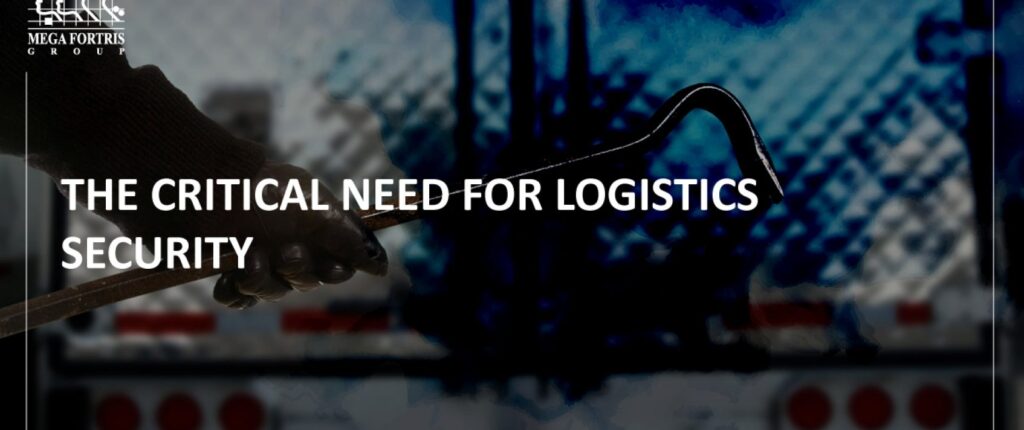
Despite global lockdowns that restrict the movement of vehicles and people, cargo theft has been on the rise since the pandemic broke out. These cargo thefts have not been limited to a particular region. Rather, it is a global problem that is putting businesses at risk at any point in the supply chain.
During the first half of 2020, over €85m worth of products were stolen across 3,278 cargo theft according to TAPA’s Incident Information Service (IIS) database. These thefts occurred across supply chains of 46 countries in the Europe, Middle East & Africa (EMEA) region. The cargo theft was reported across every mode of transport: air, road, sea, and rail freight.
Meanwhile, in North America, CargoNet reports there has been a 107% jump in cargo thefts in April 2020 when compared to April 2019. A total of 1,080 thefts have been reported in the U.S. and Canada up to the end of September 2020.
Pandemic Panic & Desperation Causing Cargo Theft Spike
Cargo theft isn’t anything new. However, since the outbreak of COVID-19 and the resulting lockdowns that impact the global economy, thieves are taking advantage of the pandemic panic and disruptions to supply chains as windows of opportunity.
Many of these organised crimes target cargos for goods that can be sold on the black market. With panic around the coronavirus circulating amongst the general population, thieves are taking advantage of stealing and selling pandemic-related goods on the black market.
In 2020, millions of pandemic-related goods have been reported stolen, which includes face masks, medical suits and gowns, respirators, hand sanitisers, and toilet rolls. These thefts incrementing to seven-figure financial losses have been reported in Spain, Kenya, Czech Republic, France, Turkey, Germany, Sweden, Russia, Norway, and England.
Pandemic-related items are not the only target. Other types of goods that sell well on the black market and are commonly reported as stolen in cargo theft include computers, laptops, pharmaceuticals, tobacco, clothing and footwear, phones, food and drink, cosmetics and hygiene, and sports equipment.
Organised crime isn’t the only contributor to the spike in cargo theft since the pandemic. Authorities have observed a rise of Inside jobs, as employees have struggled with reduced hours, time away from work due to COVID-19 exposure, or the stress and anxiety of the pandemic.
The Real Cost of Cargo Crime
The impact of cargo theft upon a business goes beyond the market value of the goods stolen. Cargo theft can also negatively impact a business in other ways.
When stolen goods are available on the black market at a cheaper price, it can impact other sales for the business through reputed channels and stifle business growth. It can also damage the reputation of a business as it can leave consumers to question the authenticity, safety, or quality of goods from a brand that has become notorious for having fake or stolen products available for cheap on the black market. Consumers may then prefer a competitor’s brand for which they have more trust.
There are also other aspects of cargo crime, beyond cargo theft, that can put businesses at risk. BSI’s Supply Chain Risk Exposure Evaluation Network (SCREEN) Intelligence also list illegal drug smuggling, child labour, and human trafficking as other forms of cargo crime. If a business gets targeted by organised crime—or in some cases, criminals that take advantage of corrupt or desperate personnel for a collaborative inside job—the resulting legal ramifications could significantly damage the entire business.
With the wide risk and domino impact that cargo crime can create, protecting the supply chain is a critical investment for every business.
Preserving the Integrity of the Supply Chain with Security Seals
Any business that involves logistics will benefit from the use of tamper-proof security seals. Whether or not you’ve faced cargo theft before, and no matter how much you think you trust the people who work for you, it’s better to be safe than sorry.
Tamper-proof security seals can be used to verify that trailers, compartments, and rail autos convey items have not been broken into or messed around with during transport. A compartment sent needs to be secured so that upon landing it is protected. This is carried out to ensure the last objective ports of the items and to secure the end client of the item.
To learn more about the wide range of security seals available for different types of cargo and modes of transport, visit Mega Fortris Group, a trusted, world-class security seal designer and manufacturer with over 20 years of experience.


